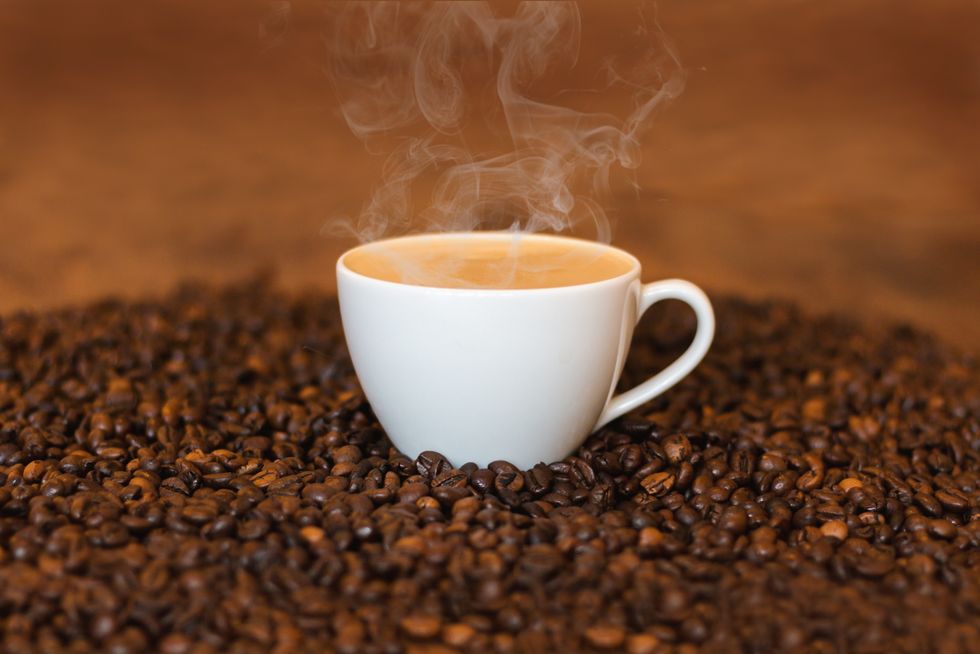What's the one thing you rely on to stay up late to write that paper? What's your go-to Sunday drink? What is the first thing you drink in the morning? Coffee.
Coffee is incredibly important to the culture of many societies around the world, and the United States is one such society. American drinking culture tends to be centered around the quick release of the caffeine in coffee, lending it to being used as a way to get through the day. Coffee offers energy that we would otherwise not have. Although there are alternative forms of energy supplements, coffee tends to be the default drink of choice for those looking for a boost in productivity. This, of course, leads into the ever-present argument of the negative side of coffee.
"We become too reliant on coffee to get us through the day." "As a coffee drinker, if you don't drink coffee one day then you'll get terrible headaches." "You know, most people don't know this, but coffee is actually a drug. That caffeine is bad for you."
While some of these arguments may be more valid than others, they all point to an issue and a misperception of the positive side of drinking coffee. Yeah, I'm going to say it. Coffee is an art. Before you stop reading, though, let me explain a little bit more.
The history of everyone's favorite stimulant dates back to the 10th century. Through experimentation, humans have developed the most effective way to brew coffee; taking advantage of all of the qualities that the original berry seeds contribute to the final coffee bean. The flavor of your favorite brew is a result of where the Coffea berry was grown, how it was processed and dried, how it was roasted, and how it was brewed at the very end. Each step makes a subtle difference that becomes more pronounced with the more variety you try. A bean that originated in a mountainous region of the world provides a richer, creamier final product whereas a bean from a lower altitude region gives a much more traditional cup of coffee due to the high turnover rate which allows a lot of coffee to be produced there.
All of this time and effort that's put into perfecting the flavor that comes out of each bean results in a huge segmentation of the products that are produced in such a way that most people don't even understand the segmentation. All of the words on the bag that no one understands because they have nothing to connect them to are all of the most important words that create the prominent differences in flavor. The key is learning what each word means and how that connects to the type of coffee you are looking to drink. When that happens, a cup of coffee goes from being simply a jolt of energy to being an enjoyable experience that is much deeper than the caffeine that the world's favorite drink provides.











